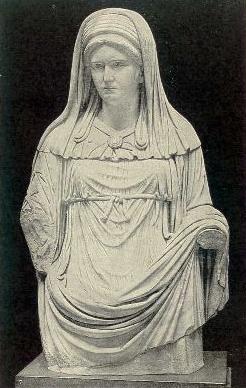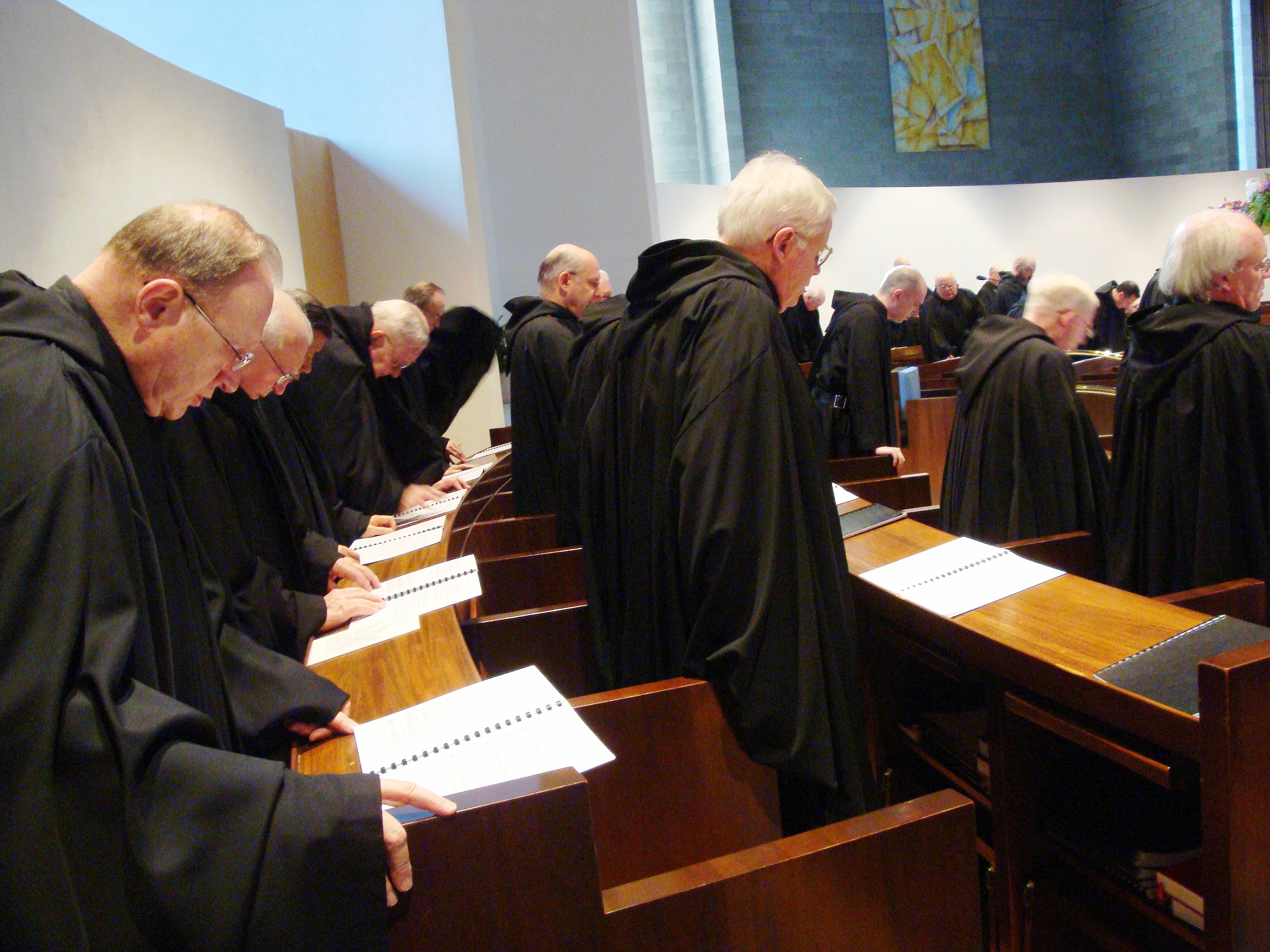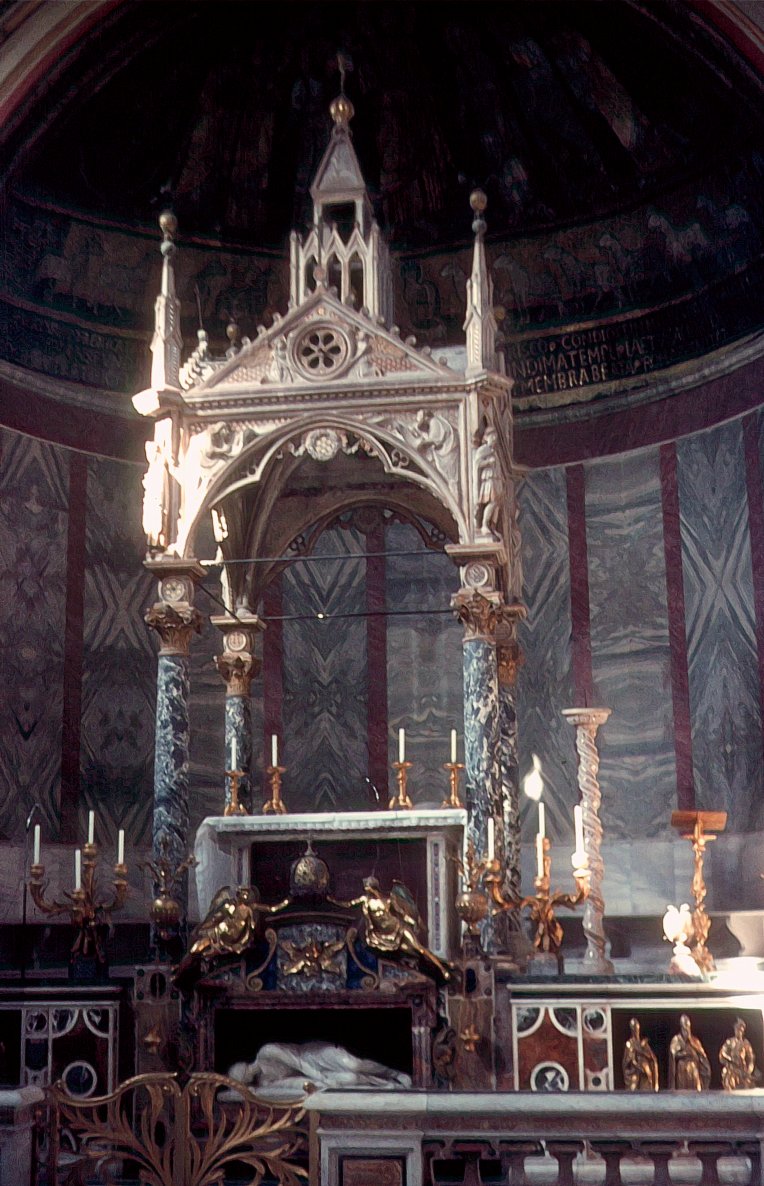|
Aër
The Aër ( el, Ἀήρ, lit. the "air"; modern Greek: Αέρας; Slavonic: ''Воздýхъ'', ''Vozdúkh'') is the largest and outermost of the veils covering the Chalice and Diskos (paten) in the Eastern Orthodox Church and the Eastern Catholic Churches which follow the Byzantine Rite. It is rectangular in shape and corresponds to the veil used to cover the chalice and paten in the Latin liturgical rites, but is larger. It is often made of the same material and color as the vestments of the officiating priest, and often has a fringe going all the way around its edge. Tassels may also be sewn at each of the corners. It takes its name either from the lightness of the material of which it is made, or from the fact that during the Nicene Creed in the Divine Liturgy, the priest holds it high in the air and waves it slowly over the Chalice and Diskos. Its original use was to cover the Chalice and prevent anything from falling into it before the consecration. It symbolizes the sw ... [...More Info...] [...Related Items...] OR: [Wikipedia] [Google] [Baidu] |
Veil
A veil is an article of clothing or hanging cloth that is intended to cover some part of the head or face, or an object of some significance. Veiling has a long history in European, Asian, and African societies. The practice has been prominent in different forms in Judaism, Christianity, and Islam. The practice of veiling is especially associated with women and sacred objects, though in some cultures, it is men, rather than women, who are expected to wear a veil. Besides its enduring religious significance, veiling continues to play a role in some modern secular contexts, such as wedding customs. Etymology The English word ''veil'' ultimately originates from Latin '' vēlum'', which also means "sail," from Proto-Indo-European ''*wegʰslom'', from the verbal root ''*wegʰ-'' "to drive, to move or ride in a vehicle" (compare ''way'' and '' wain'') and the tool/instrument suffix ''*-slo-'', because the sail makes the ship move. Compare the diminutive form '' vexillum'', and the ... [...More Info...] [...Related Items...] OR: [Wikipedia] [Google] [Baidu] |
Liturgy Of Preparation
The Liturgy of Preparation, also Prothesis ( grc-gre, Πρόθεσις, , a setting forth) or Proskomedia ( 'an offering, an oblation'), is the name given in the Eastern Orthodox Churchand those Eastern Catholic Churches which follow the Byzantine Rite to the act of preparing the bread and wine for the Eucharist. Eucharistic elements Only very specific elements may be offered at the Divine Liturgy: Bread The bread used for the Liturgy is referred to as prosphora. A prosphoron is a round loaf of leavened bread baked in two layers to represent the two natures of Christ. It has a square seal on the top side which has inscribed on it a cross and the Greek letters IC (an abbreviation in Greek for "Jesus") XC ("Christ") and NIKA ("Conquers"). The portion of the loaf that is cut out along this seal is the Lamb (Host), from which all are communicated, and therefore must be proportionately large for the number of communicants. Prosphora must be made using only the finest wheat flour, ... [...More Info...] [...Related Items...] OR: [Wikipedia] [Google] [Baidu] |
Paten
A paten or diskos is a small plate, used during the Mass. It is generally used during the liturgy itself, while the reserved sacrament are stored in the tabernacle in a ciborium. Western usage In many Western liturgical denominations, the paten is typically either a simple saucer-like plate or a low bowl. A smaller style paten will often have a depression that allows it to securely sit on top of the chalice, as shown in the illustration on the left here. Roman rite The General Instruction of the Roman Missal lays down rules for patens: "Sacred vessels should be made from precious metal. If they are made from metal that rusts or from a metal less precious than gold, they should generally be gilded on the inside." However, provisions for vessels made from non-precious metals are made as well, provided they are "made from other solid materials which in the common estimation in each region are considered precious or noble." Some call the communion-plate a "paten", but the ... [...More Info...] [...Related Items...] OR: [Wikipedia] [Google] [Baidu] |
Great Entrance
In Eastern Orthodox and Byzantine Catholic churches, an entrance is a procession during which the clergy enter into the sanctuary through the Holy Doors. The origin of these entrances goes back to the early church, when the liturgical books and sacred vessels were kept in special storage rooms for safe keeping and the procession was necessary to bring these objects into the church when needed. Over the centuries, these processions have grown more elaborate, and nowadays are accompanied by incense, candles and liturgical fans. In the liturgical theology of the Eastern Orthodox Church, the angels are believed to enter with the clergy into the sanctuary, as evidenced by the prayers which accompany the various entrances. Divine Liturgy During the course of the Divine Liturgy (Eucharist), there are two entrances. Both of the Entrances, as well as the ritual of the Liturgy of Preparation, are viewed by liturgical scholars as later additions to the Liturgy, and may not have been used by ... [...More Info...] [...Related Items...] OR: [Wikipedia] [Google] [Baidu] |
Liturgy
Liturgy is the customary public ritual of worship performed by a religious group. ''Liturgy'' can also be used to refer specifically to public worship by Christians. As a religious phenomenon, liturgy represents a communal response to and participation in the sacred through activities reflecting praise, thanksgiving, remembrance, supplication, or repentance. It forms a basis for establishing a relationship with God. Technically speaking, liturgy forms a subset of ritual. The word ''liturgy'', sometimes equated in English as "service", refers to a formal ritual enacted by those who understand themselves to be participating in an action with the divine. Etymology The word ''liturgy'' (), derived from the technical term in ancient Greek ( el, λειτουργία), ''leitourgia'', which literally means "work for the people" is a literal translation of the two words "litos ergos" or "public service". In origin, it signified the often expensive offerings wealthy Greeks made in ser ... [...More Info...] [...Related Items...] OR: [Wikipedia] [Google] [Baidu] |
Holy Table
An altar is a table or platform for the presentation of religious offerings, for sacrifices, or for other ritualistic purposes. Altars are found at shrines, temples, churches, and other places of worship. They are used particularly in paganism, Christianity, Buddhism, Hinduism, Judaism, modern paganism, and in certain Islamic communities around Caucasia and Asia Minor. Many historical-medieval faiths also made use of them, including the Roman, Greek, and Norse religions. Etymology The modern English word ''altar'' was derived from Middle English ''altar'', from Old English ''alter'', taken from Latin ''altare'' ("altar"), probably related to '' adolere'' ("burn"); thus "burning place", influenced by ''altus'' ("high"). It displaced the native Old English word '' wēofod''. Altars in antiquity File:Tel Be'er Sheva Altar 2007041.JPG, Horned altar at Tel Be'er Sheva, Israel. File:3217 - Athens - Sto… of Attalus Museum - Kylix - Photo by Giovanni Dall'Orto, Nov 9 2009.jpg, ... [...More Info...] [...Related Items...] OR: [Wikipedia] [Google] [Baidu] |
Thurible
A thurible (via Old French from Medieval Latin ) is a metal censer suspended from chains, in which incense is burned during worship services. It is used in Christian churches including the Roman Catholic, Eastern Orthodox, Assyrian Church of the East and Oriental Orthodox, as well as in some Lutheran, Old Catholic, United Methodist, Reformed, Presbyterian Church USA, Anglican churches (with its use almost universal amongst Anglo Catholic Anglican churches). In Roman Catholic, Lutheran, and Anglican churches, the altar server who carries the thurible is called the ''thurifer''. The practice is rooted in the earlier traditions of Judaism in the time of the Second Jewish Temple. Beyond its ecclesiastical use, the thurible is also employed in various other spiritual or ceremonial traditions, including some Gnostic Churches, Freemasonry (especially in the consecration of new lodges), and in Co-Freemasonry. Thuribles are sometimes employed in the practice of ceremonial magic. Th ... [...More Info...] [...Related Items...] OR: [Wikipedia] [Google] [Baidu] |
Gold-thread Embroidered Aer, A Liturgical Cloth Used To Cover The Vessels Of The Eucharist - Google Art Project ''
{{Disambiguation, plant ...
Goldthread may refer to: * Gold thread, embroidery using metal threads * The plant genus, '' Coptis'' * The plant genus, ''Cuscuta ''Cuscuta'' (), commonly known as dodder or amarbel, is a genus of over 201 species of yellow, orange, or red (rarely green) parasitic plants. Formerly treated as the only genus in the family Cuscutaceae, it now is accepted as belonging in the ... [...More Info...] [...Related Items...] OR: [Wikipedia] [Google] [Baidu] |
Sarum Rite
The Use of Sarum (or Use of Salisbury, also known as the Sarum Rite) is the Latin liturgical rite developed at Salisbury Cathedral and used from the late eleventh century until the English Reformation. It is largely identical to the Roman rite, with about ten per cent of its material drawn from other sources. The cathedral's liturgy was widely respected during the late Middle Ages, and churches throughout the British Isles and parts of northwestern Europe adapted its customs for celebrations of the Eucharist and canonical hours. The use has a unique ecumenical position in influencing and being authorized by Roman Catholic, Eastern Orthodox, and Anglican churches. Origins In 1078, William of Normandy appointed Osmund, a Norman nobleman, as bishop of Salisbury (the period name of the site whose ruins are now known as Old Sarum). As bishop, Osmund initiated some revisions to the extant Celtic-Anglo-Saxon rite and the local adaptations of the Roman rite, drawing on both Nor ... [...More Info...] [...Related Items...] OR: [Wikipedia] [Google] [Baidu] |
Roman Rite
The Roman Rite ( la, Ritus Romanus) is the primary liturgical rite of the Latin Church, the largest of the '' sui iuris'' particular churches that comprise the Catholic Church. It developed in the Latin language in the city of Rome and, while distinct Latin liturgical rites such as the Ambrosian Rite remain, the Roman Rite has gradually been adopted almost everywhere in the Latin Church. In medieval times there were numerous local variants, even if all of them did not amount to distinct rites, yet uniformity increased as a result of the invention of printing and in obedience to the decrees of the Council of Trent of 1545–63 (see '' Quo primum''). Several Latin liturgical rites that survived into the 20th century were abandoned voluntarily after the Second Vatican Council. The Roman Rite is now the most widespread liturgical rite not only in the Catholic Church but in Christianity as a whole. The Roman Rite has been adapted through the centuries and the history of its Euchari ... [...More Info...] [...Related Items...] OR: [Wikipedia] [Google] [Baidu] |
Solemn Mass
Solemn Mass ( la, missa solemnis) is the full ceremonial form of a Mass, predominantly associated with the Tridentine Mass where it is celebrated by a priest with a deacon and a subdeacon,"The essence of high Mass is not the music but the deacon and subdeacon."Catholic Encyclopedia: ''Liturgy of the Mass'')./ref> requiring most of the parts of the Mass to be sung, and the use of incense. It is also called High Mass or Solemn High Mass. These terms distinguish it from a Low Mass and Missa Cantata. The parts assigned to the deacon and subdeacon are often performed by priests in vestments proper to those roles. A Solemn Mass celebrated by a bishop has its own particular ceremonies and is referred to as a Solemn Pontifical Mass. Within the Roman Rite, the history of the Solemn Mass has been traced to the 7th century in the Gregorian Sacramentary and '' Ordo Romanus Primus'', followed by several centuries of adapting these pontifical liturgies. Eventually, the proliferation of ... [...More Info...] [...Related Items...] OR: [Wikipedia] [Google] [Baidu] |










